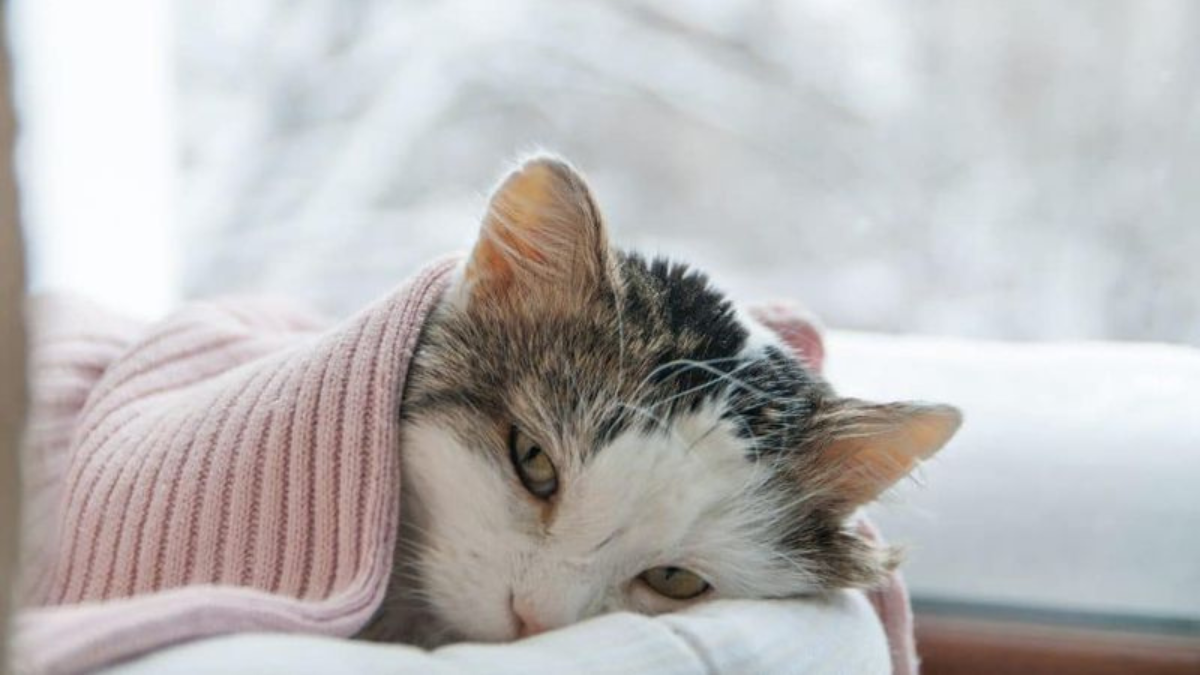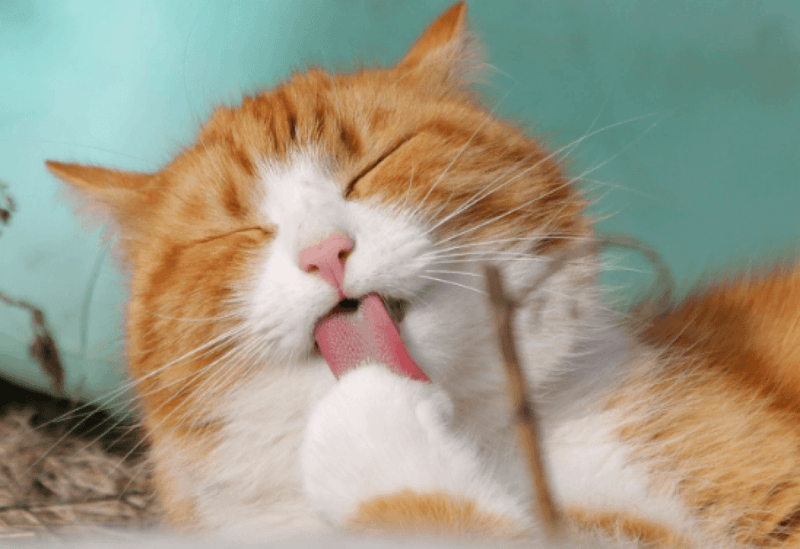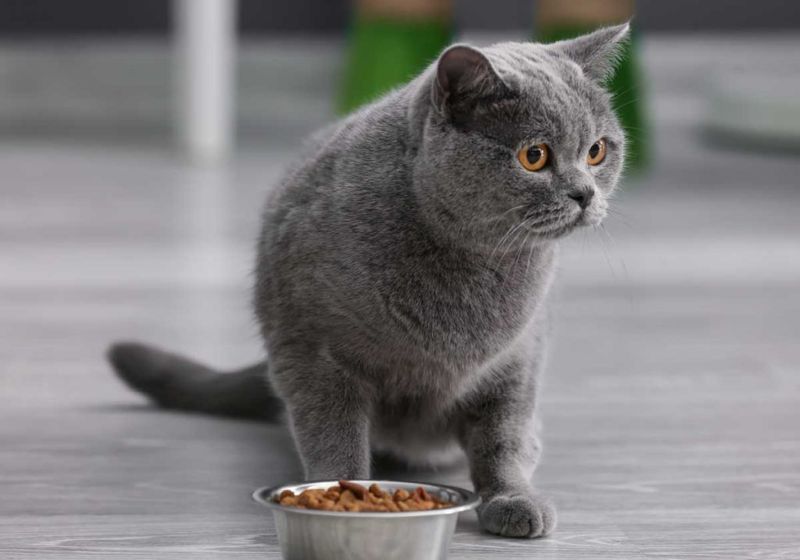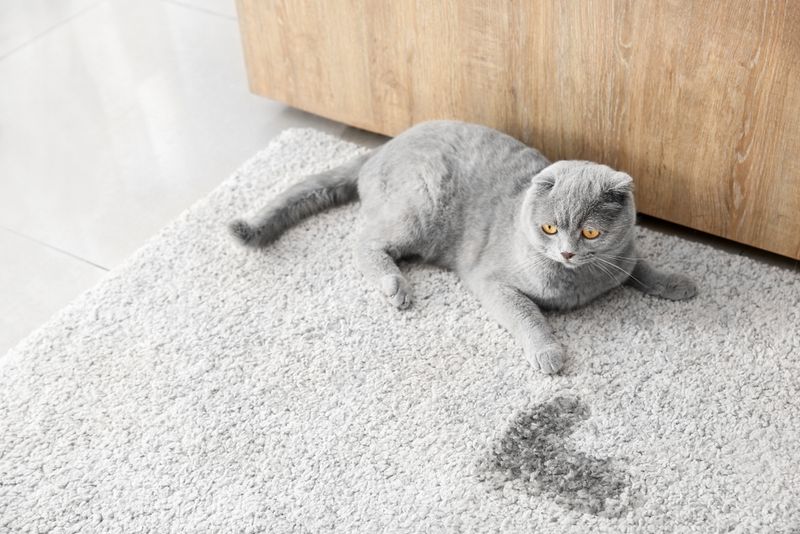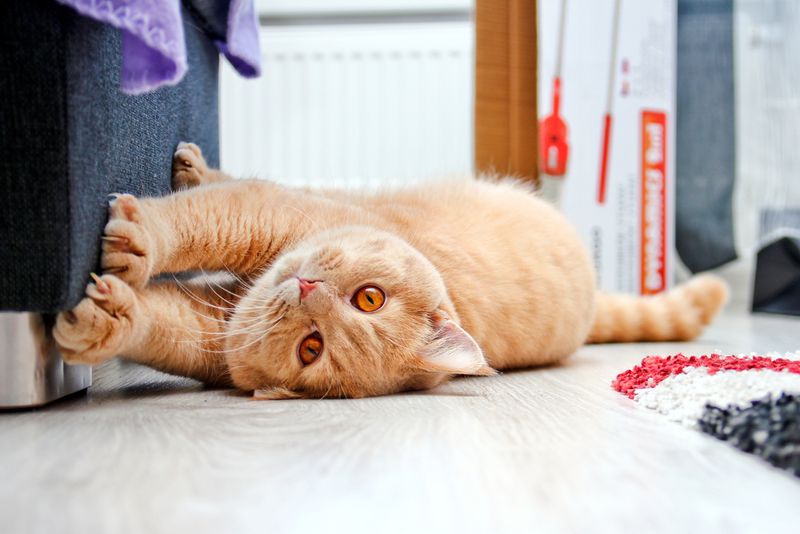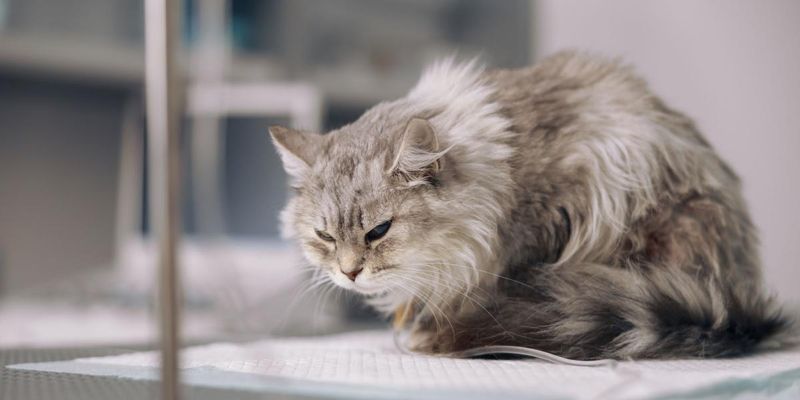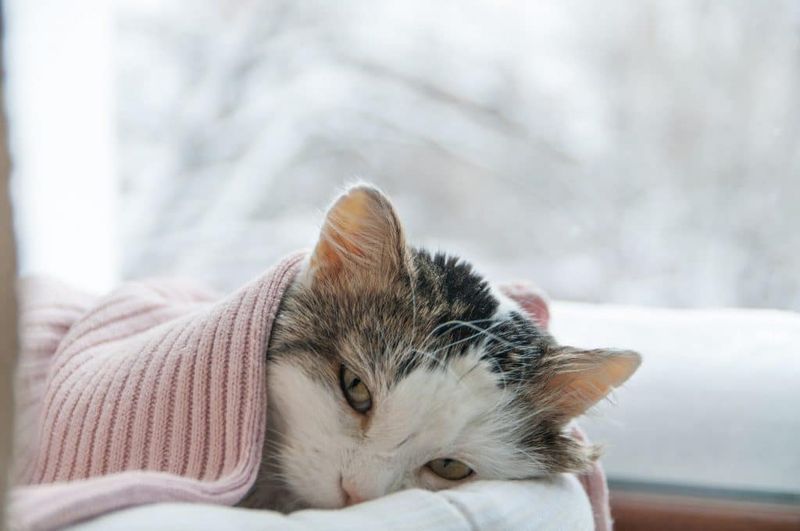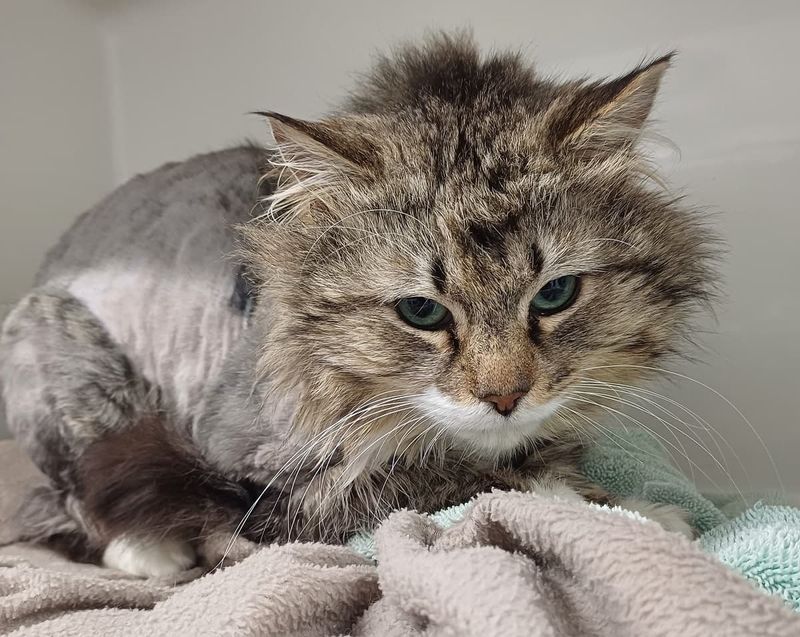📖 Table of Content:
- 1. Excessive Grooming That Leads to Bald Patches
- 2. Refusing Favorite Treats or Meals
- 3. Hiding Under Furniture for Extended Periods
- 4. Unusual Litter Box Habits or Accidents
- 5. Increased Aggression Toward Family Members
- 6. Changes in Vocalization Patterns
- 7. Excessive Scratching of Furniture or Walls
- 8. Unusual Body Postures or Movements
- 9. Excessive Sleep Beyond Normal Cat Napping
- 10. Decreased Grooming Leading to Unkempt Appearance
Cats are known for their ability to keep their emotions under wraps, making it difficult to gauge how they’re truly feeling. Unlike dogs, who are often open and expressive, cats tend to mask their discomfort until it becomes hard to ignore. This quiet nature means they may suffer in silence, with few obvious signs of distress.
The challenge lies in recognizing the more subtle cues that indicate something isn’t right. A cat’s unhappiness often manifests in ways that might be overlooked or misunderstood, making it essential to pay attention to the smaller details of their behavior. From changes in eating habits to shifts in grooming, these signs may go unnoticed until they reach a critical point.
Understanding these hidden signals can drastically improve a cat’s well-being and prevent ongoing suffering. By becoming attuned to the more nuanced ways they communicate, a stronger, more attentive bond can be formed. With careful observation, it’s possible to address their needs before their unhappiness turns into a more serious issue.
1. Excessive Grooming That Leads to Bald Patches
Cats normally spend hours preening their fur to perfection. However, when grooming becomes obsessive to the point of creating bald spots or raw skin, your kitty is signaling distress. This behavior often stems from anxiety, allergies, or pain elsewhere in the body.
Address this quickly by scheduling a vet visit to rule out medical causes. In the meantime, provide environmental enrichment with new toys or climbing spaces. Consider pheromone diffusers like Feliway to create a calming atmosphere. Many cats benefit from consistent daily play sessions that help release pent-up energy and stress.
2. Refusing Favorite Treats or Meals
The sudden disinterest in food from a normally voracious eater is a major red flag. Cats are creatures of habit who rarely turn down their favorite snacks unless something’s seriously wrong. This appetite change could indicate dental pain, digestive issues, or even depression. Don’t wait more than 24 hours before taking action.
Try warming their food slightly to enhance the aroma or offering a novel protein source. Hand-feeding can sometimes encourage a reluctant eater. If these strategies fail, contact your vet immediately, as cats can develop potentially fatal liver problems when they stop eating.
3. Hiding Under Furniture for Extended Periods
While cats naturally seek cozy nooks for catnaps, prolonged hiding that differs from normal behavior suggests something’s amiss. A content cat might nap under the bed occasionally, but an unhappy one makes these secluded spots their permanent residence. Create safe zones throughout your home with cat beds or boxes at varying heights.
Approach your hiding kitty calmly, using gentle voices and offering treats without forcing interaction. Gradually coax them out by placing food at increasing distances from their hiding spot. Consider any recent changes to your household routine that might have triggered this behavior.
4. Unusual Litter Box Habits or Accidents
Sudden changes in bathroom behavior speak volumes about your cat’s well-being. Urinating outside the litter box, straining to eliminate, or avoiding the box entirely can signal urinary tract infections, stress, or dissatisfaction with litter box conditions. First, rule out medical issues with a veterinary check-up. Then, investigate environmental factors: Is the box clean enough?
Has the litter brand changed? Are there enough boxes (ideally one more than the number of cats)? Position boxes in quiet, accessible locations away from food areas. Some cats develop aversions to covered boxes or strongly scented litters, so try alternatives to see what works.
5. Increased Aggression Toward Family Members
A formerly gentle cat who begins swatting, hissing, or biting isn’t becoming “mean” – they’re likely in pain or feeling threatened. This defensive aggression often appears when cats are touched in sensitive areas or when they’re feeling cornered without escape options. Map out when these behaviors occur to identify potential triggers. Does your cat lash out when touched near certain body parts?
This could indicate hidden pain requiring veterinary attention. Never punish aggressive behaviors – this only increases fear. Instead, give your cat space and work with a veterinary behaviorist to develop a positive reinforcement plan for rebuilding trust.
6. Changes in Vocalization Patterns
With their distinct range of sounds, felines speak to us in a language all their own. When their vocalizations take a sudden turn, it’s often an indication they need something from you. If your cat starts meowing more at night, it could be due to cognitive changes in senior cats or physical discomfort across all ages.
Record these unusual sounds to play for your veterinarian. Note the timing, frequency, and circumstances surrounding the vocalizations. Many medical conditions, from hyperthyroidism to high blood pressure,e can cause increased meowing. For elderly cats experiencing cognitive dysfunction, nightlights can reduce confusion and anxiety that triggers nighttime crying. Establish consistent routines to provide security.
7. Excessive Scratching of Furniture or Walls
Frantic scratching that exceeds normal territory-marking suggests your cat is working through emotional distress. Cats scratch to remove dead claw sheaths and mark territory, but when this behavior intensifies suddenly, they’re often expressing anxiety or frustration. Provide appropriate scratching alternatives with both horizontal and vertical surfaces of different textures.
Sisal, cardboard, and carpet offer varied sensory experiences. Position these items near the inappropriate scratching spots. Apply deterrents like double-sided tape to furniture while redirecting to proper scratching posts. Regular nail trims and soft nail caps can minimize damage while you address the underlying emotional needs.
8. Unusual Body Postures or Movements
Before visible symptoms show, cats often communicate discomfort through subtle body language. A hunched posture, stiff movements, or avoiding jumps may suggest joint pain or internal issues. Cats in distress may sit with their backs to walls or remain in crouched positions for extended periods, so it’s essential to encourage regular movement to monitor their mobility.
Place treats on different levels to observe jumping abilities. Notice if your cat no longer uses certain pathways or avoids specific movements. Anti-inflammatory medications prescribed by veterinarians can dramatically improve quality of life for cats with arthritis or other painful conditions. Consider adding ramps to favorite perches for easier access.
9. Excessive Sleep Beyond Normal Cat Napping
Sleeping 12-16 hours a day is typical for felines, but an increase in sleep or constant lethargy might signal something more serious. Depression or illness could be the culprit behind these changes in behavior. A lack of stimulation can also cause excessive sleep, as there’s nothing else to occupy their time.
Enrich their environment with interactive toys, climbing opportunities, and window perches for bird watching. Rotate toys regularly to maintain novelty. Schedule daily play sessions – even five minutes twice daily can significantly improve mood. For indoor cats, consider harness training for safe outdoor experiences or create a secure catio space. These environmental changes can transform an apathetic cat into an engaged, happier companion.
10. Decreased Grooming Leading to Unkempt Appearance
When the fastidious feline who once spent hours maintaining a pristine coat suddenly develops a dull, greasy, or matted appearance, something’s seriously wrong. This neglect of personal hygiene often indicates depression, obesity that limits flexibility, or oral pain that makes grooming uncomfortable. Gently assist with grooming using soft brushes for short sessions.
Start in areas they still groom themselves, gradually working toward neglected spots. For elderly or arthritic cats, consider softer brushes designed for sensitive skin. Check for dental issues by looking for red gums, bad breath, or sensitivity around the mouth. Dental disease is extremely common in cats and can make grooming too painful to attempt.
